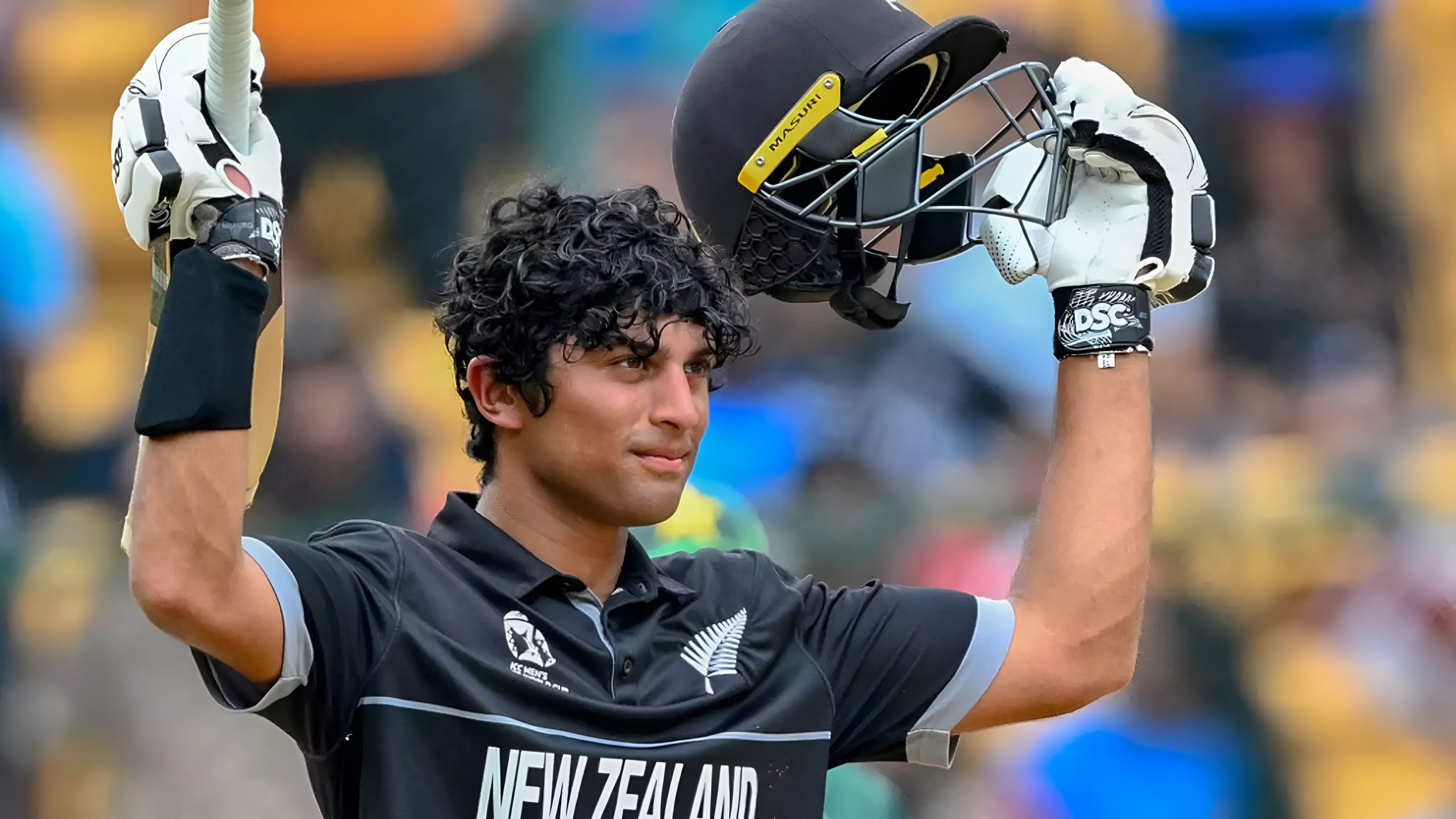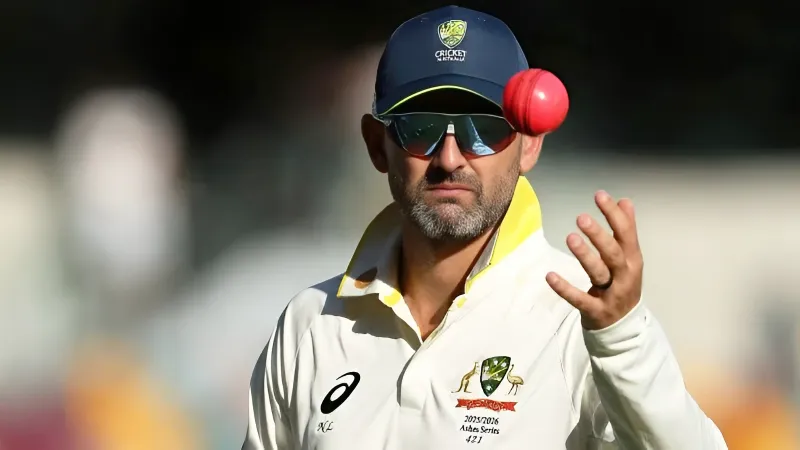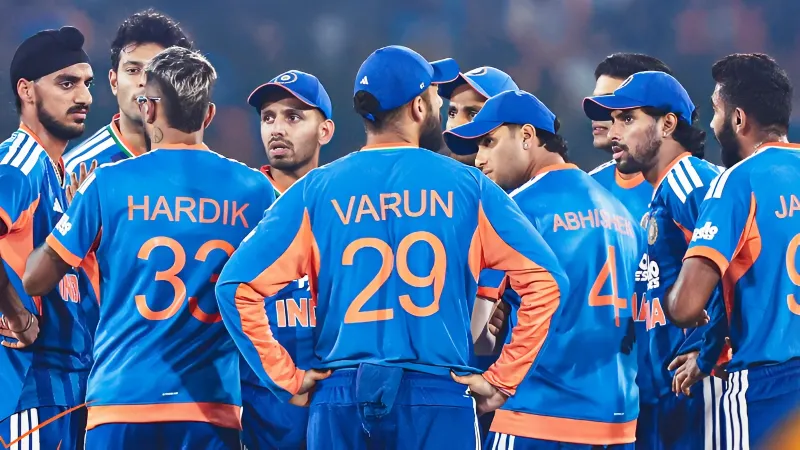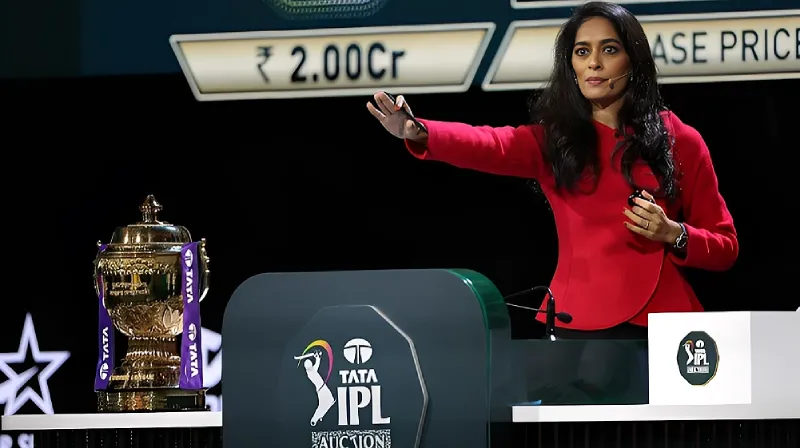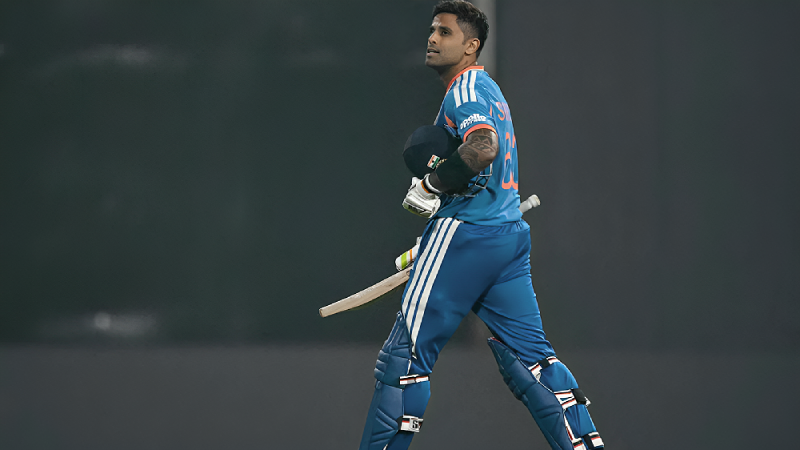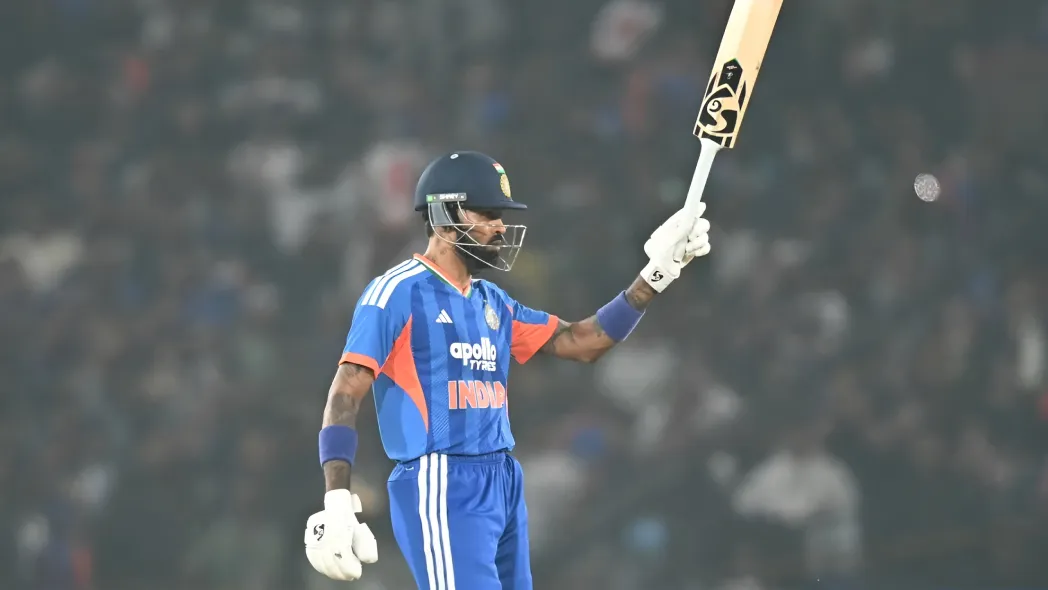Every cricketing generation produces one player who feels like he wandered straight out of a kid’s imagination and into an international stadium. For New Zealand, that kid is Rachin Ravindra, the indoor-nets dreamer who once recreated “Desert Storm” on a scoring app and now hears actual crowds chanting his name in Dharamsala.
There’s something beautifully ironic here: the boy who lined up crash pads to mimic short-leg fielders is now dismantling real ones; the teenager who practiced “20 cover drives exactly like Sanga” now watches bowlers rearrange fields for his signature strokes.
The Prodigy Burden Rewritten Through Failure
New Zealand cricket has seen prodigies before, but few who faced turbulence as early as Ravindra did. A T20I average of nine and a Test average of 15 is the kind of statistical pothole that usually sends young players into existential meltdown.
The Complete Player label no longer drove him; he simply went back to being the young boy who loved smashing the ball around in Lower Hutt. This transformation wasn’t immediate, as the statistics didn’t reflect this change (in the early days, a modest 37 in domestic cricket); however, this transformation had an immense mental impact on him; he found out how to de-couple the scoreboard from his self-worth and allow himself to breathe when he failed rather than be suffocated by it.
How Chance Became the Catalyst for Mastery
Ravindra’s World Cup story begins not with selection meetings, but with injuries. Bracewell ruled out. Williamson unavailable. Ferguson is pulling up late. Only then did the door crack open, and Ravindra sprinted through it. A surprise elevation to No. 3 became the turning point. No more floating roles. No more developmental experiments. New Zealand accidentally put him where he belonged.
123 against England.
Another ton against Australia.
And soon, Indian crowds chanting “Rachin! Rachin!” like it was a lost Tendulkar remix.
This wasn’t luck; it was a readiness meeting opportunity. A decade of obsessive training finally had a stage wide enough to display it.
Subcontinental Serenity, Kiwi Steel
Six of his eight international hundreds have come in India or Pakistan. His Test ton in Bengaluru, his parents’ hometown, added a poetic spine to New Zealand’s astonishing 2024 whitewash of India.
What makes him so effective at turning tracks?
He plays like someone who has been rehearsing on them since the age of seven because he has.
The Hutt Hawks, a club created by his father, regularly toured India. Young Kiwi kids were facing subcontinental conditions before they even understood what “drift” meant. It explains Ravindra’s ease the tempo, the bat angles, and the natural organization of his game in spin-heavy environments.
He is, in every sense, a hybrid: Kiwi temperament blended with subcontinental fluency.
A New Zealand Blueprint in the Making
He could create a new definition of what it means to be a modern New Zealand sports superstar, as he is going to get better at an extremely fast rate (spectacular) rather than getting consistently good at a very slow rate (steady).
Rachin Ravindra is more than a young star for New Zealand Cricket; he is a cultural shift in New Zealand Cricket. This is because Rachin was not only taught to play cricket by his father in the backyard yard but he has also been influenced by YouTube highlights, video game simulations & obsessive behavior to drive himself.
New Zealand may have found more than just a star; they’ve found a future anchor, a stylist, a subcontinental whisperer, and the fanboy who never grew out of loving the game.
Key Takeaway
Rachin Ravindra didn’t just rise; he self-crafted, self-corrected, and self-believed his way into stardom.
FAQs
1. Why did Ravindra struggle in his early international career?
He was young, miscast in unfamiliar roles, and burdened by prodigy expectations, a tough combination.
2. What sparked his breakthrough?
A surprise promotion to No. 3 during the 2023 World Cup, paired with a renewed mindset built on acceptance of failure.
3. Why is he so successful in the subcontinent?
Early exposure through Hutt Hawks tours, endless practice against spin, and a naturally calm batting tempo suit those conditions perfectly.
Disclaimer: This blog post reflects the author’s personal insights and analysis. Readers are encouraged to consider the perspectives shared and draw their own conclusions.
Step into the world of cricket with JeetBuzz News—where expert opinions, trending Blogs, and behind-the-scenes insights meet all your favorite topics. Stay informed, stay entertained, and never miss the stories shaping the cricketing world—only on JeetBuzz News!

